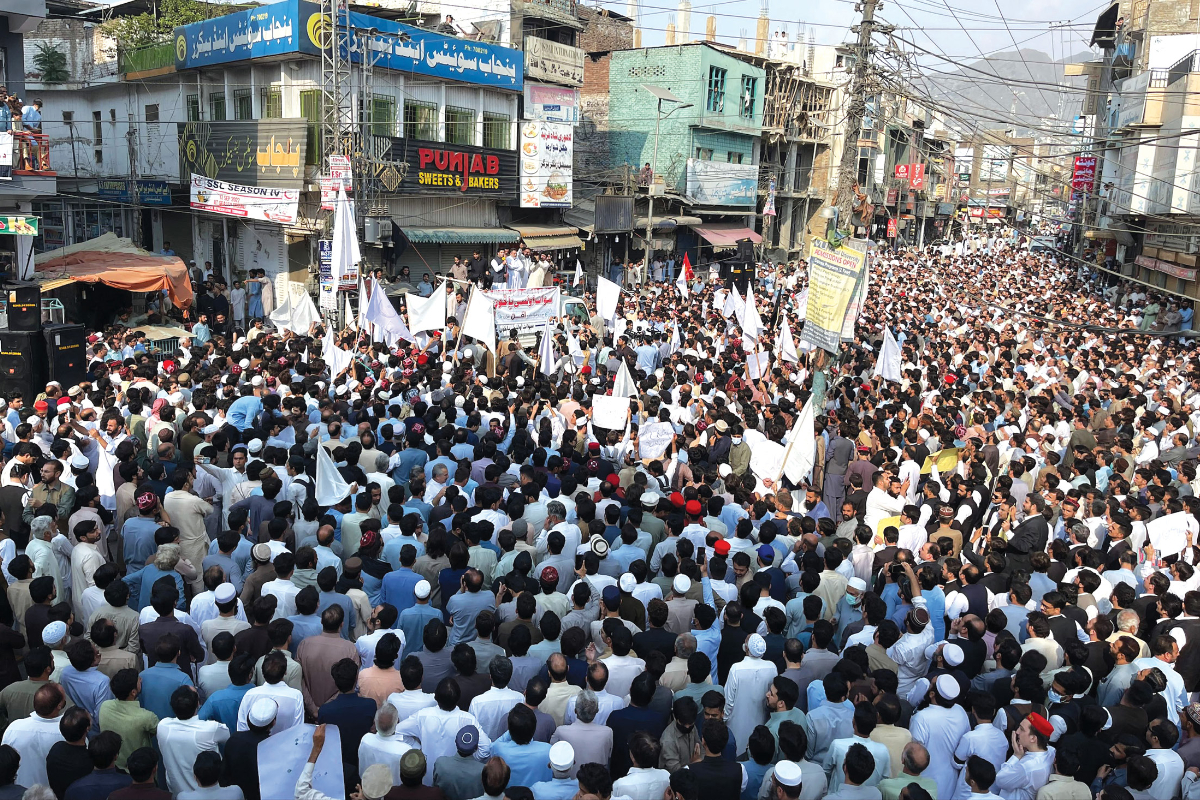
Return of the TTP
Observers say authorities are keeping quiet, but Swat people are determined to evict the militants
Described by many as heaven on earth, Swat valley faces the threat of sliding into a terrorism hell for the second time in 15 years. But for the first time in two decades, its people are standing up in a do-or-die posture to not just evict Taliban from Swat, but also expose their handlers.
Armed militants first showed up in early August in Matta, the home town of Mahmood Khan, the Chief Minister of Khyber Pukhtunkhwa (KP) province. At least four policemen were injured in a shootout that took place.
The event triggered protests by people against what they described as an “unobstructed” arrival of the Afghanistan-based Tehreek-e-Taliban Pakistan (TTP) fighters in Swat. Questions were raised over how they could reach Swat undetected as it doesn’t share a border with Afghanistan.
Protests gathered momentum in mid-September when five persons, including a village peace committee member, Idrees Khan, were killed in an Improvised Explosive Device (IED) attack in the Bara Bandai area.
However, the real strength of these protests was in evidence last Tuesday when tens of thousands of people packed up the central Nishat Chowk area of Mingora city to hold what they called the Swat Ulasi Pasoon (Swat Mass Uprising). It was triggered by a terrorist attack last Monday on a school van on the N-95 national highway, in the Gulibagh village area near Charbagh town.
The van had just dropped kids at one school along the highway and was heading to the next one further down the road when it came under fire. The driver of the van, Hussain Ali, was killed on the spot, while a child sitting in the front seat was seriously injured after being hit by three bullets.
The District Police Officer (DPO), Zahid Nawaz Marwat, later tweeted that the target was the van driver, not the school children. But the slain driver’s family thought otherwise. They put his dead body on the road in Gulibagh area, blocking traffic, and were soon joined by hundreds of people. The family told the local media that they had no enmity with anyone and Hussain Ali’s killing was an act of terrorism.
Protests spilled into Swat’s main city of Mingora when security forces killed a 55-year-old local man and his 19-year-old son last Sunday, and described them as terrorists. The father and son were apparently killed after they shot and injured four men in “plainclothes” who had come to threaten them amid an ongoing money dispute the man had with “some people” from Punjab province. Identities of those people, as well as of the four men allegedly injured by the father-son duo, remain unknown (or- Bol News could not confirm identities of……)
Swat-based journalist, Fayaz Zafar, who spoke to the family of the murdered persons, says that they allege that the persons from Punjab used their contacts in the military to put pressure on them. In a video shared on social media, Fayaz Zafar says: “The family say that four persons in plain clothes visited the workplace of the slain father and son; things got heated, and the father shot and injured all four visitors, who then called the army for backup, and as a result the troops that arrived on the scene shot both the father and the son.”
Speaking to Bol News, Fayaz Zafar says there are reports of the presence of 200 to 250 Taliban in various areas including Bala Soor, Gat Peochar, Malam Jabba and Mount Ilam on the border with Buner district. “There is no visible action against them despite growing concern and fear among people. It is beyond understanding as to why the police and security forces remain inactive,” he says.
Comparing the present situation with that in 2007, he says the people are more aware of the threat this time than they were back then.
“In 2007, Taliban did not make a sudden entry with guns in their hands,” he says. “Instead, they started with propaganda on their FM radio station and setting up religious schools, which they used to hold religious gatherings. Then they picked up weapons and started killing local notables, which terrified the people. But this time the people know the game. Neither those who make speeches from the stage nor the ones who listen to them are afraid anymore,” he says.
Mazhar Azad, a human rights activist who has been a part of protests during the last two months, raises questions over the way peace talks were held with TTP, causing the return of Taliban militancy to Swat.
“Talks were held with TTP by mysterious quarters that didn’t represent the people, and made agreements that remain undisclosed. The common perception here is that this is how ground was paved for Taliban’s return to Swat,” he says.
But this time such moves will not succeed, he says, because “people are openly protesting in all parts of Swat. They will not accept any military operations, displacements or occupation of their properties, as had happened in the past.”
Another political and human rights activist, Zahid Khan, agrees with this view. He says militants have no chance of establishing themselves in Swat as “people are no more willing to buy their brand of Islam”.
Referring to the 2007 Taliban insurgency, he says back then, Taliban first went after criminals, corrupt officials and wicked local influential, which the common people saw as something good. “Soon their evil terrorist mindset was out in the open, however, which made people constitute community councils and create pressure on high-ups to launch a military operation against them.”
People today also know the “non-seriousness” of that operation, which was used to allow militants to escape to Afghanistan, he says. “In one instance, a former Interior Minister, the late Rehman Malik, even claimed that Mullah Fazalullah had been encircled by the security forces. Yet, that most wanted man in Swat managed to escape unharmed and landed in Kunar, crossing many hills and plains, rivers and streams in between.”
According to Zahid Khan, when Afghan Taliban asked foreign fighters to return to their native countries, Pakistan employed “unrelated” people for the task instead of holding proper government-level talks representing all stakeholders. “Several Taliban commanders were released from Pakistani prisons and many returned to their homes before Eid al Azha. As long as they remained low-profile, the locals did not worry. But once they picked up guns and started patrolling the streets, people knew what was coming,” he says.
Educationist and head of the Swat-based non-profit Idara Barae Taleem-o-Taraqqi (IBT), Zubair Torwali, goes a step further in his assessment, saying the people of Swat have no faith either in the security forces or the civil administration any more.
“People are not prepared to allow militancy in any form, and I can see the tempers rising with each incident. At the same time, there is silence, even fear, in the mainstream media, among the intelligentsia as well as the political forces. No ruling party politician has so far expressed dissatisfaction with the prevailing situation,” Torwali says, adding that this is a dangerous scenario.
Catch all the National Nerve News, Breaking News Event and Latest News Updates on The BOL News
Download The BOL News App to get the Daily News Update & Live News.






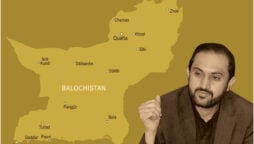
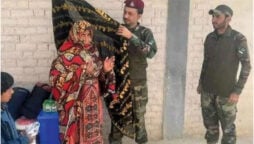
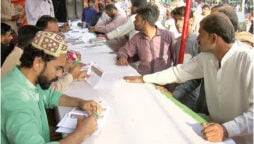
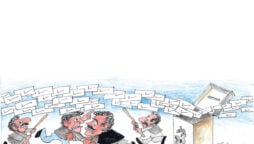
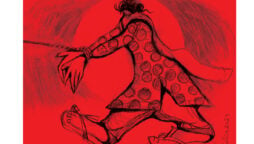

 Read the complete story text.
Read the complete story text. Listen to audio of the story.
Listen to audio of the story.